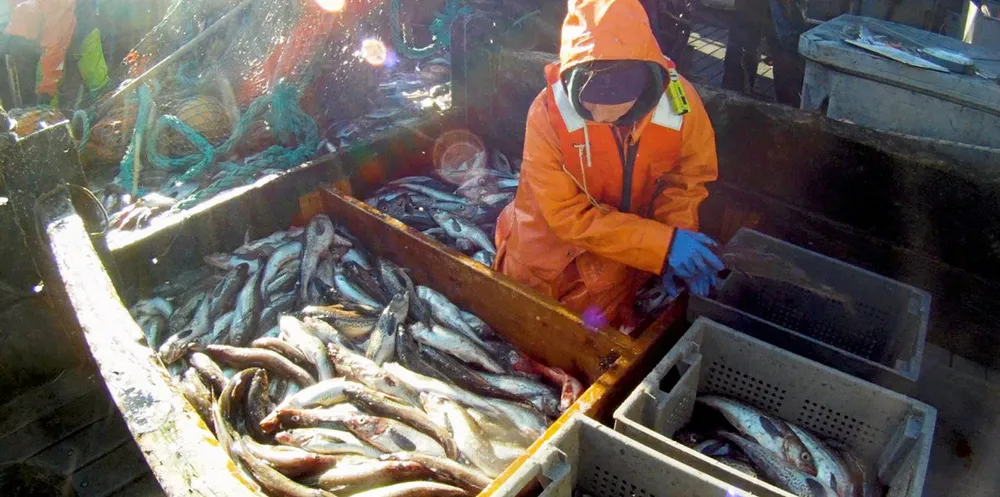Significant increase in Alaska pollock quota gets greenlight, as Pacific cod gets cut
The quota will come as a relief to industry that suffered drastic reduction last year.

The quota will come as a relief to industry that suffered drastic reduction last year.
